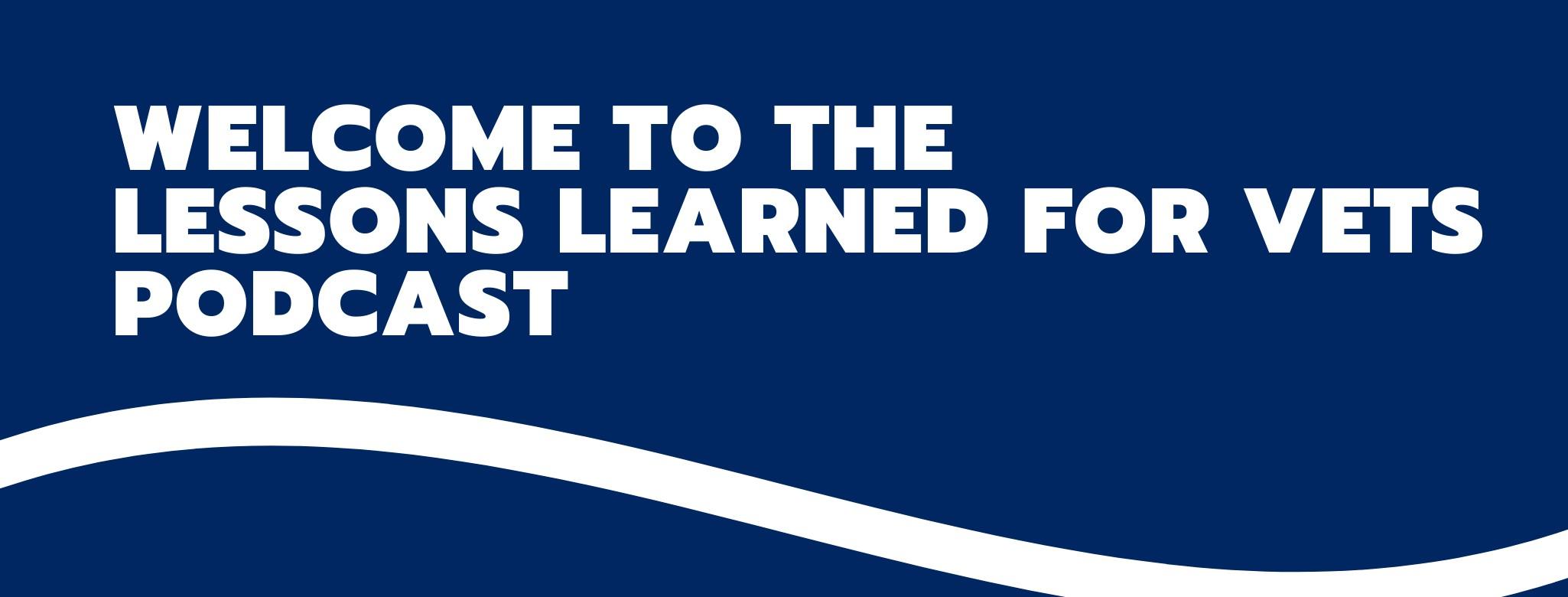
Season 4 Episode 164: Changing Perspective over Time with Ray Jokie
If you are a transitioning service member, it’s always helpful to hear the role that time has in the transition process. The transition process doesn’t end when you land your first job as a civilian. There is so much wisdom to gain from listening to other veterans’ journeys as they progress through various jobs and companies. On this episode of the Lessons Learned for Vets podcast, we welcome back Ray Jokie. Ray first appeared as a guest on Season 1, Episode 38 and shared his struggle with finding a new identity after retiring from the US Air Force. He is currently working as Lockheed Martin’s Military Relations Lead and Talent Acquisition Program Manager. This episode contains content related to suicide.
Ray struggled deeply after retiring from the military and had suicidal ideations. While wrestling with his emotions, he gained perspective and was able to grow as a human and view his situation through a different lens. For Ray, not having the guidance and structure of the military sent him into a tailspin. After finding a new purpose to live, his depression subsided. Finding purpose doesn’t have to be tied to a job. Work to live, not live to work.
Ray has found that by focusing on the positive in every situation and by finding a new purpose, he has been able to successfully navigate his way out of his depression. If you are struggling right now, it doesn’t mean that something is wrong with you. There will be days that focusing on the positive will not come naturally. You are not alone.
Ray has built his program at Lockheed Martin from the ground up. He hired a contractor and engaged recruiters who had previously gone through the SkillBridge program at Lockheed. He continues to develop his team and revolutionize the way the veteran community is valued.
As a recruiting professional, Ray talks with thousands of people every year, reviews resumes and conducts interviews. Ray encourages people to make sure their resume reflects the value they can bring to a company. Don’t bring uninvited bias by including college graduation dates or a home address.
On the resume, don’t just say what you did, frame it to show your value to a company. Consider highlighting how you reduced process time, saved costs or generated revenue.
Ray suggests using a targeted approach to networking. Find people in the roles that you want and network with them first. When engaging with recruiters on LinkedIn, keep your message brief and state how you can bring value to their company. Don’t be afraid to follow up with someone if you haven’t received a response in a reasonable amount of time. Know that recruiters talk to one another and share candidates and information.
Ray endorses the STAR method during interviews. Over the years, Ray has noticed that veterans don’t typically lack confidence. It’s important to show your qualifications without being overly confident. Be able to read the room and adjust your delivery if needed. Use stories to showcase your value. A confident person knows their value while an arrogant person believes they are better than everyone else.
Subscribe to our YouTube channel at https://tinyurl.com/llforvets22
Connect with Ray at https://www.linkedin.com/in/rjokie/
Veteran Crisis Line at https://www.veteranscrisisline.net/
Download the AAFMAA transition timeline at https://aafmaa.com/ll4v
SUBSCRIBE & LEAVE A FIVE-STAR REVIEW and share this with other veterans who might need help as they transition from the military!
Are You Struggling to Write Your Resume?
I created the Veteran Resume Self-inspection Checklist to lessen the resume writing struggle for veterans. This 11-item checklist will educate you in resume best practices while giving veterans a guide to assess their resume and determine if it's ready to send to employers.
Download Your Checklist Here




